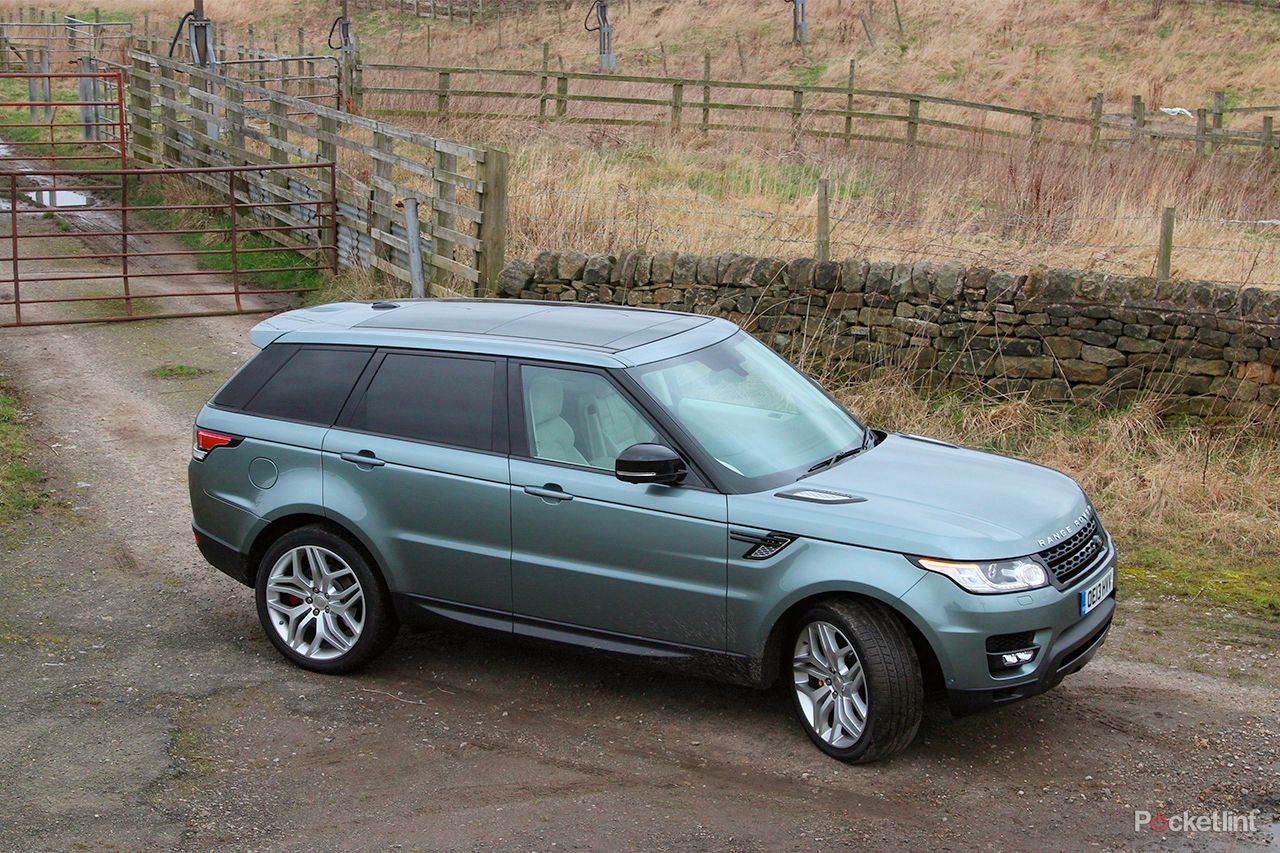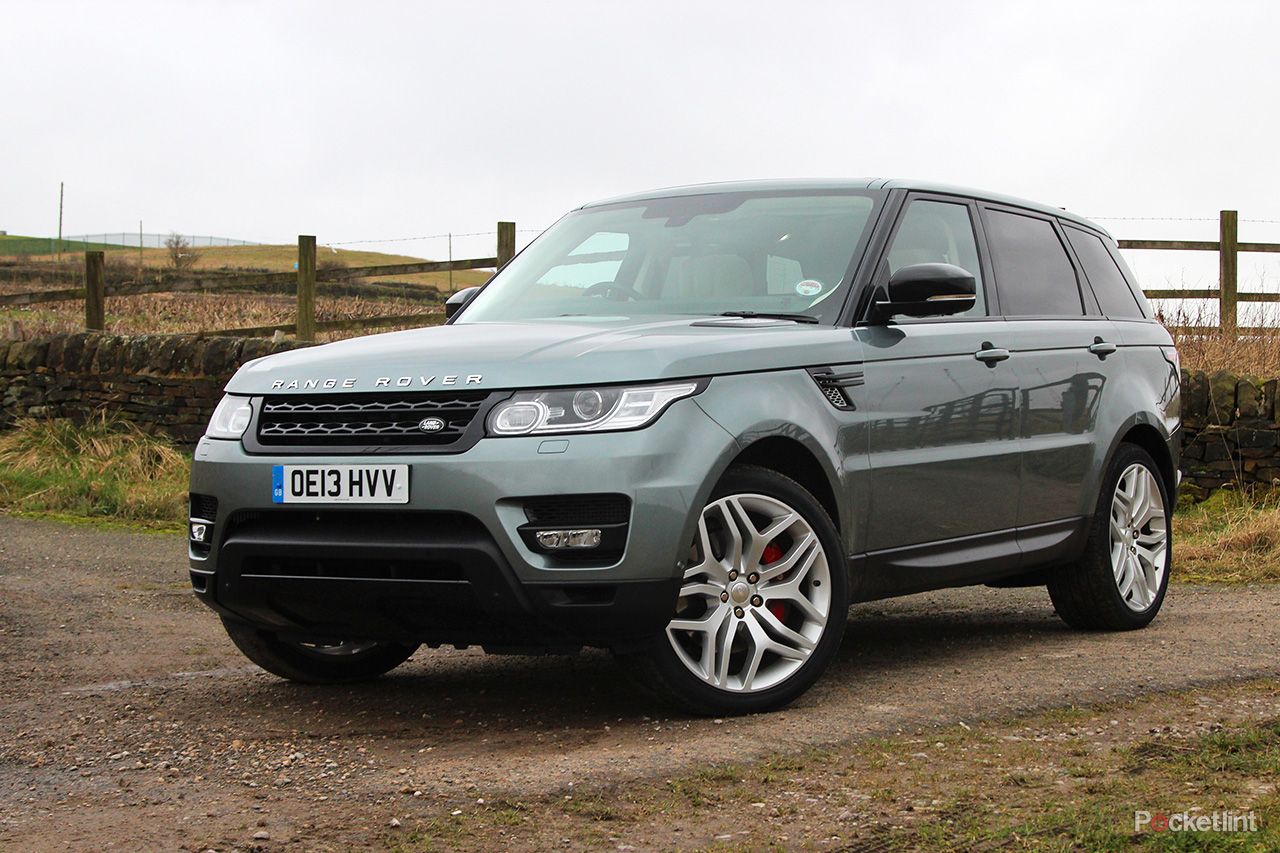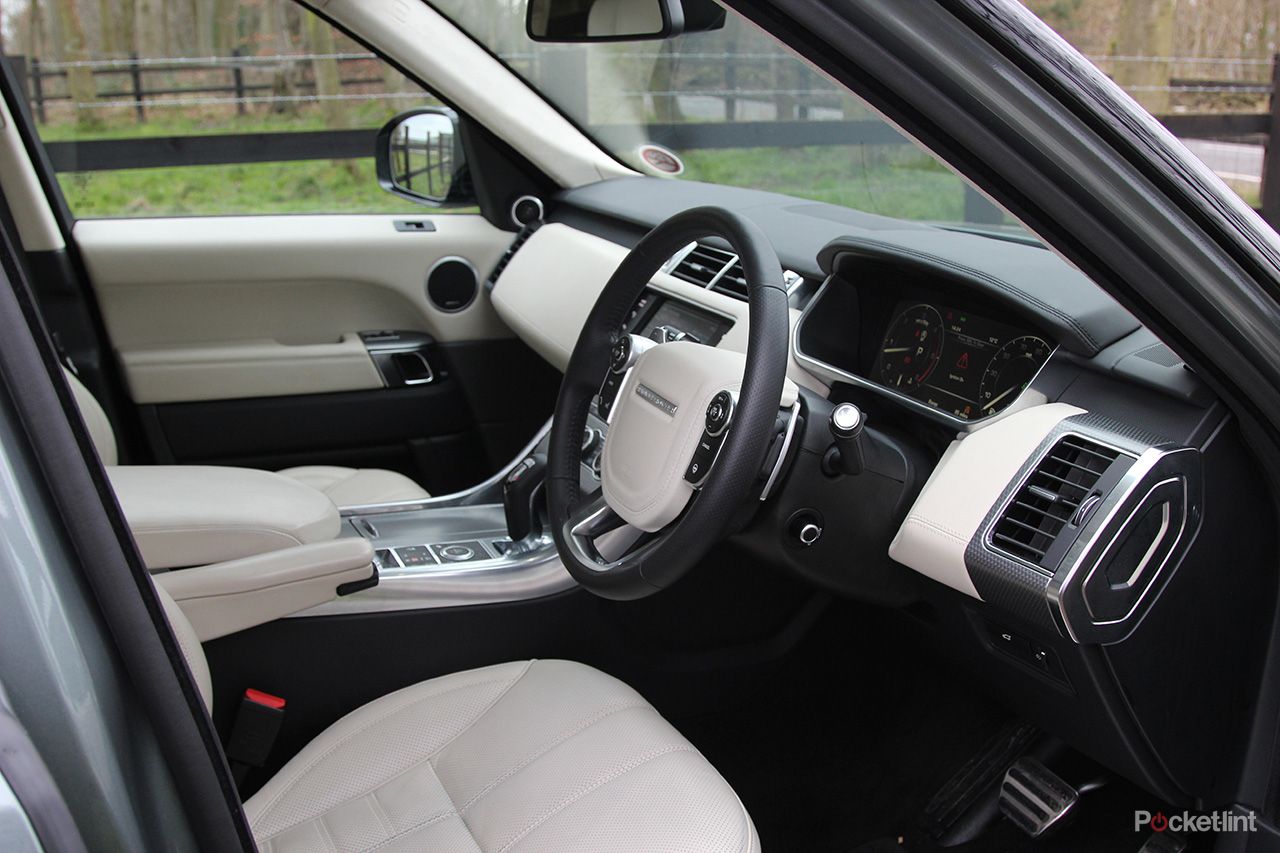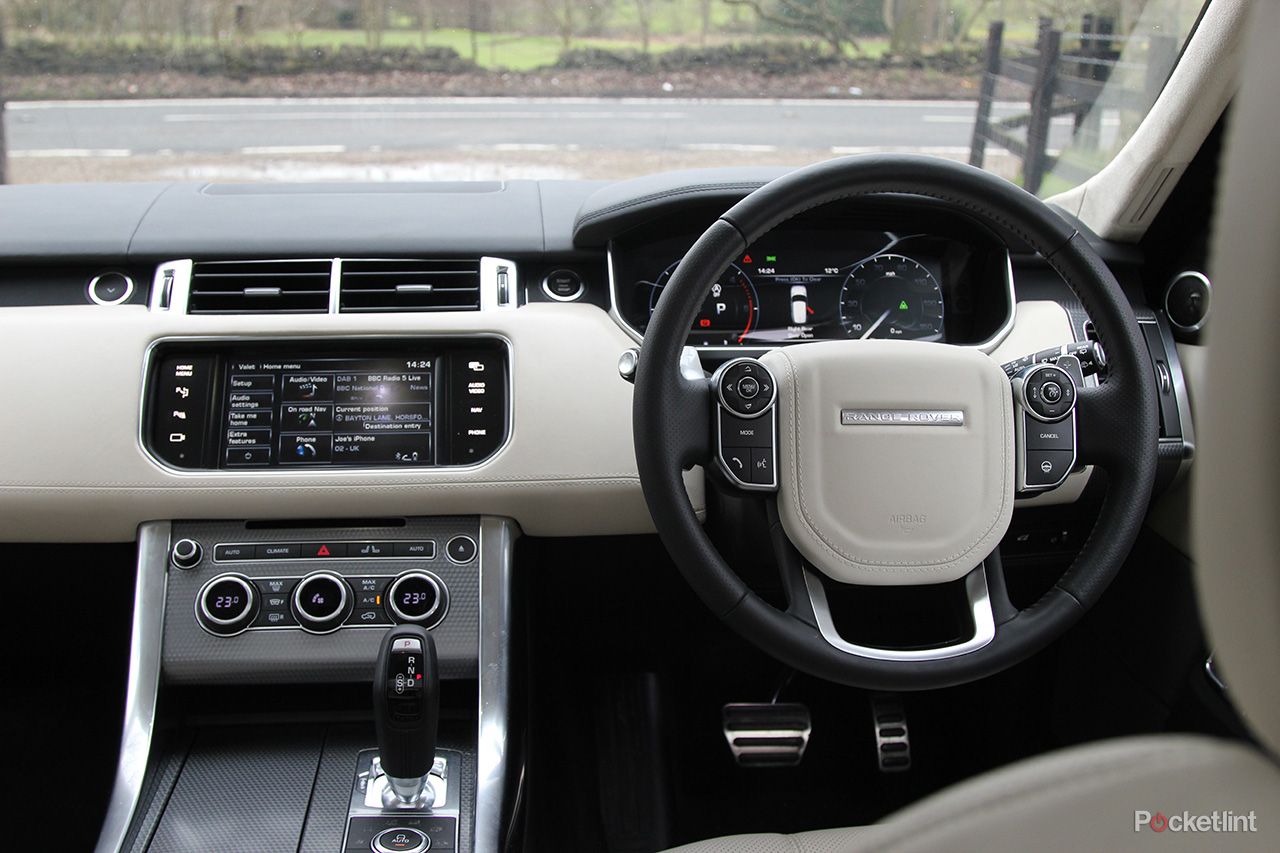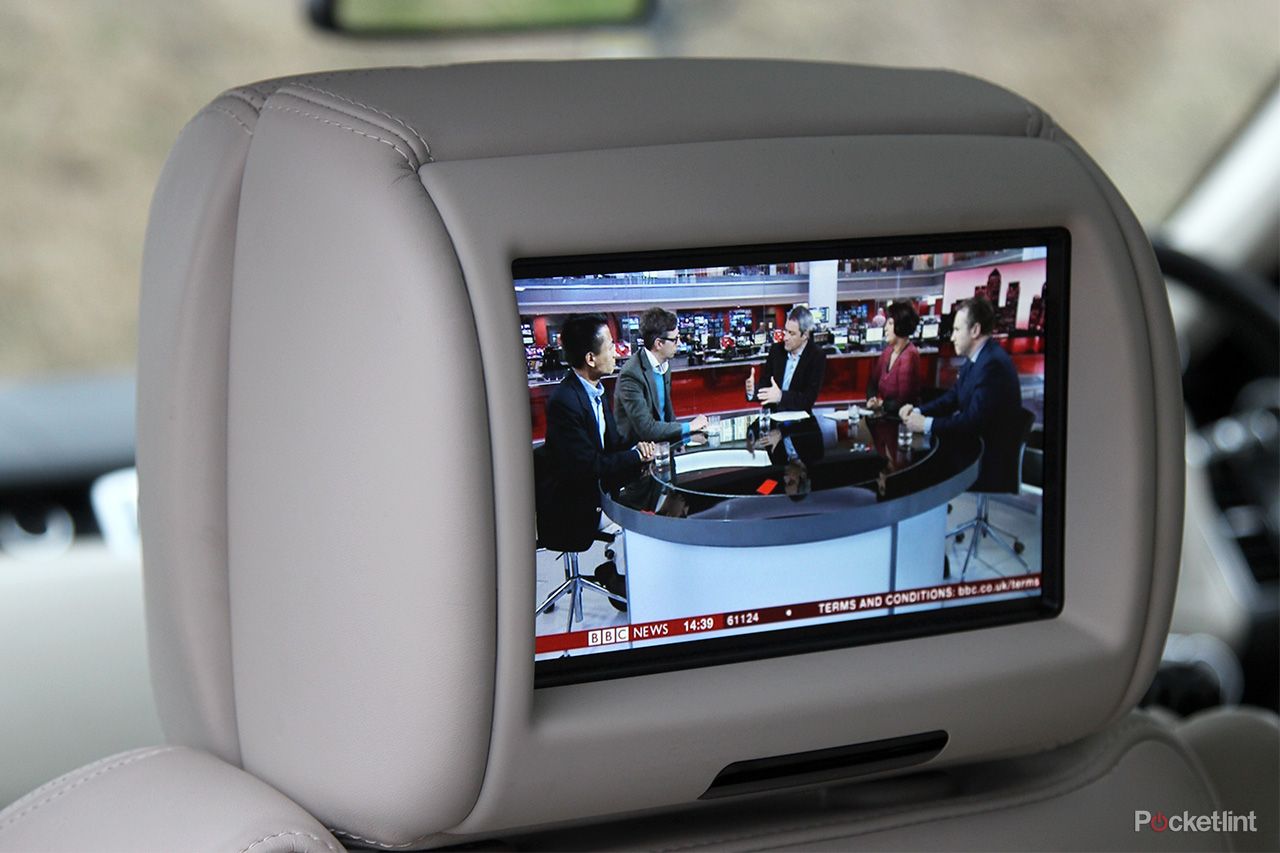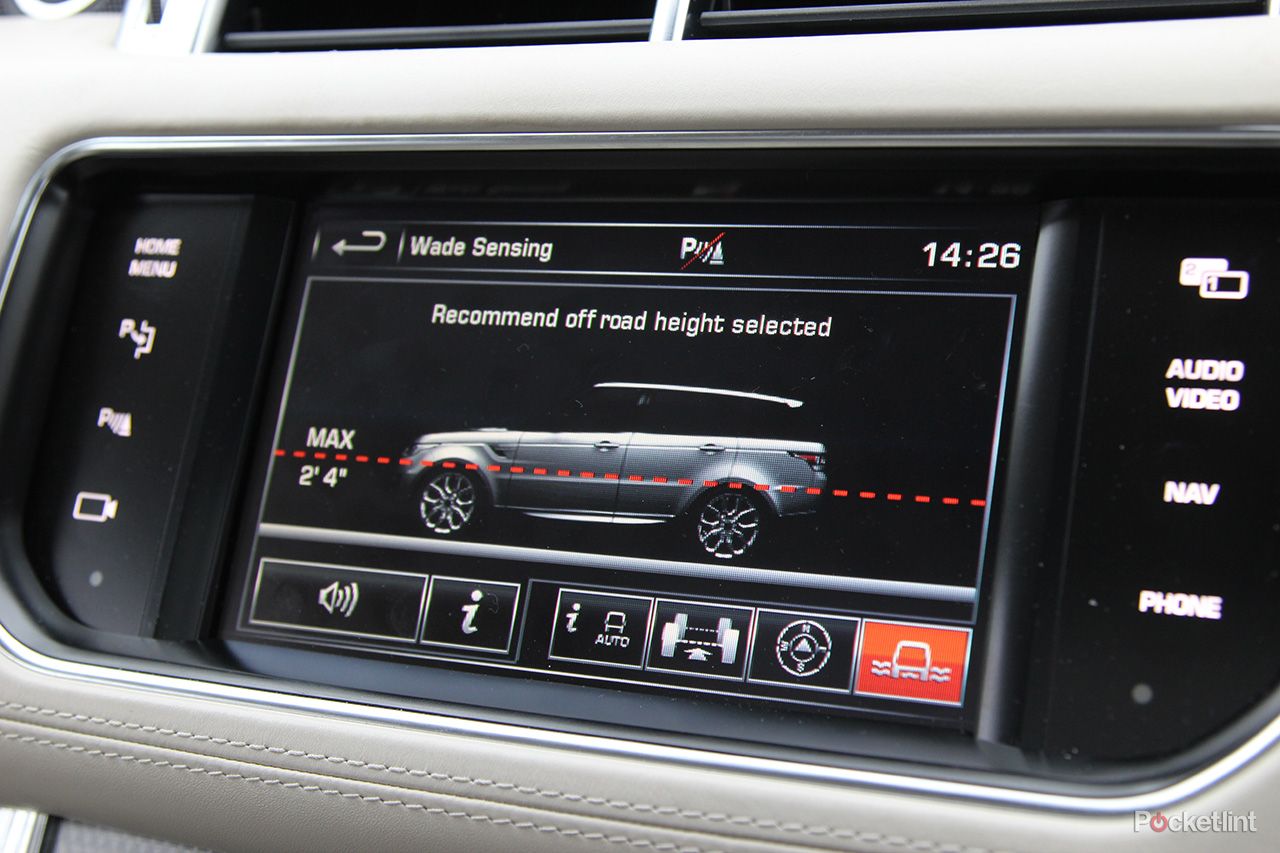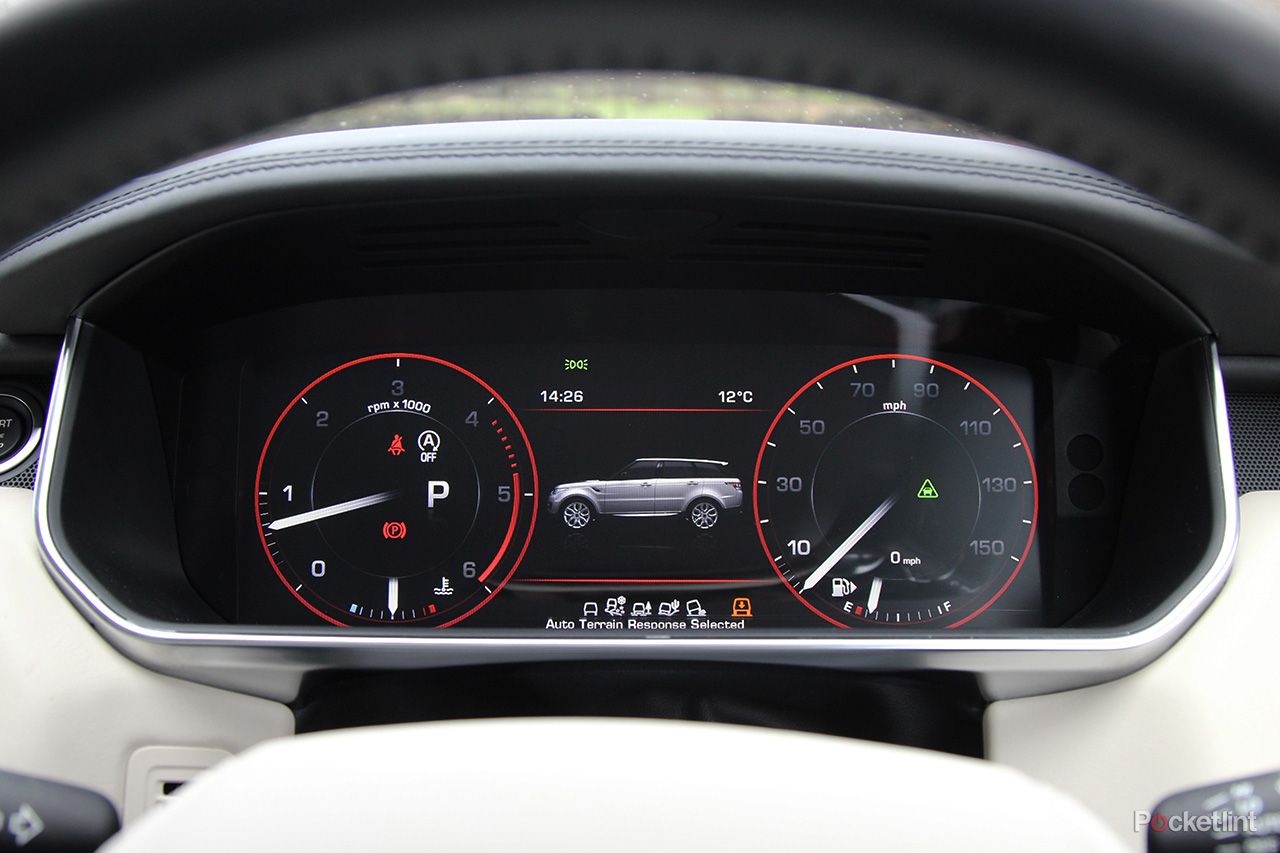It's difficult to get very far into a discussion about the Range Rover Sport without clichés and stereotypes rearing their heads. This is a car that everyone else on the road loves to hate. Yet the people who buy and drive them really, really love them - they wouldn't have anything else.
Our quick take
The brief for a Range Rover Sport is a tough one. It needs to be as imperious as a Range Rover and true to that car's title. Yet must add a dash of dynamism and driving difference into the mix. All the while upholding the Land Rover/Range Rover pedigree of being able to more than just "cut it" off road.
It's a tough mix to get right, given those are almost contradictory qualities. Throw into this the need to be massively practical and feel legitimately premium and you'd not envy the designers and engineers. And you might even guess that the Range Rover Sport would end up as the odd-car out in the range - missing out on the fun, dynamic qualities of an Evoque and the imperious-ness of a full Range Rover. Yet somehow the Autobiography Dynamic SDV6 marries the best of both. In fact, it's probably the best car that the company makes right now, which is really saying something.
To spend time with the new Range Rover Sport is to begin to understand why there are so many of these things on the road. It is all the car you could ever need and yet at the same time so much more than that. With a better interface, it would get five stars. As it is, it's only a whisker away from greatness.
The haters all still going to hate but it's worth overcoming any preconceptions you might have. With its newfound sophistication and quieter visage the Range Rover Sport no longer fits, nor deserves, the negative stereotypes. For it is still very much king of the premium SUV crop.
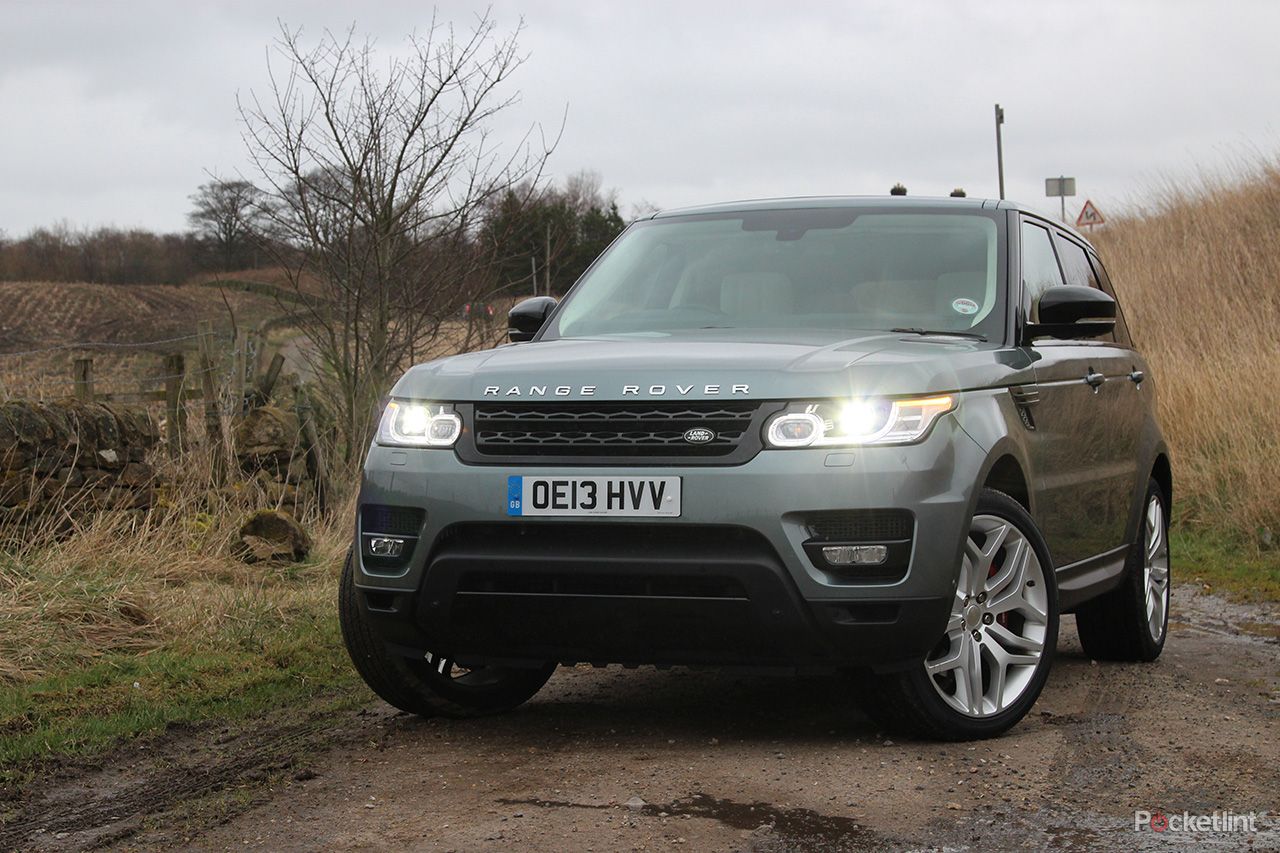
Range Rover Sport - 4.5 / 5
| FOR | AGAINST |
|---|---|
|
|
Why? To its critics, the Range Rover Sport represents everything that is wrong about the modern world of consumption when viewed through a premium lens - it is big, brash, all consuming and sticking two fingers up to others. Even people who aren't interested in cars have the Range Rover Sport driver down as a "type". It's not even a "proper" Range Rover they cry (the old car was based on a Discovery platform).
Less expensive, somehow more modern and reeking less of old money than a full-on Range Rover, the Sport is practical, fast and will go just about anywhere with all the family on-board and a trailer towed behind, if so required. Few cars come close to matching the all-round ability and versatility of a Sport.
So does the new Sport throw off the image shackles of the old car? We've got behind the wheel of the Autobiography Dynamic SDV6 to see whether it's king of the hill for all round ability.
Crash diet
Before you even get in or look at the new Range Rover Sport, the signs are good. On paper, the new car has some distinct advantages over old, not least because this time it can rightly lay claim to the Range Rover name. Out goes the Discovery platform, swapped for the same all-aluminium platform that sits under the full-fat Range Rover.
Except full-fat is a rather poor choice of phrase, as the new platform means the Sport's been on something of a crash diet. It weighs up to 420kg less than old car, thus answering one of the major issues thrown at it by its critics - that it's overweight and therefore over-consumes.
Yes, it still weighs over two tonnes, but show us another full-size SUV that doesn't. And considering that it's now a physically bigger car - which, if you tick the right box can carry seven people and not just five - the fact that it does more, uses less fuel and yet is faster than the old car is hard to quibble with.
Nip and tuck
The new platform also helps in the looks department. The old car always had a slightly boxy appearance, one that was slightly truncated and short of wheelbase due to its underpinnings. The new car grows not only in length but in its wheelbase. The proportions are way better, helped by the front overhang being shorter, which also means it's better off-road too.
In fact the whole car feels like it's been stretched out, to look more lithe and athletic. The forms are less boxy and upright, the corners have a little more radius to them, yet the impact is that the Sport looks more chiselled, like it's been to a leading LA cosmetic surgery clinic and transformed into a Hollywood beauty. Sorry, those clichés are coming out again.
What's most impressive about all of this is that - if you look past the bling 22-inch wheels (the biggest wheels we've ever had on a test car) - the Range Rover Sport now has a discrete, refined look about it. To our eyes that makes it more tasteful even than its big brother the Range Rover. Black gloss trim in place of aluminium or chrome brightwork helps here, but overall it's a real step up in sophistication, which we came to appreciate over our week spent with the car. It's a style which suits the new car's manner well.
Lofty pew
Stepping up into the driver's seat of a Range Rover is perhaps the defining moment in your relationship with the car. Until you settle behind the wheel and start to move down the road, it's hard to truly get your head around why so many people love these vehicles and just what it is that makes them feel special.
That stepping "up" is the key part - you never sink down into a Range Rover. Instead you're high above regular traffic, at the kind of height that puts you eye-to-eye with a white van driver. Range Rover has a special word for it - the Command driving position - and from up there you really do command the road, feeling king of all you survey.
All the while you're surrounded by an interior that's clearly been put together by people who have a deep understanding of how to make you feel good in that deep-down, visceral way. Premium isn't the right word to describe this interior. Audi interiors are premium, so are many BMW, Merc and VW interiors. But in all of those brands' SUVs you could - but for the higher driving position - be driving one of their saloon cars. The switchgear, layout and thematic design are much the same in a BMW X5 and a 5-Series.
Not so in the Range Rover. The bold, thick-section architecture of the interior says "outdoor" rather than urban. The buttons and switches are - as with every Land Rover/Range Rover product - designed to be operated while you're wearing gloves. The whole lot has been covered in simple, yet high quality and modern materials. We didn't love the carbon-fibre-effect finish on the console, but you can option something else. We did love the ivory leather seats, dashboard covering and headlining though - these accentuates the sense of spaciousness on board and give a modern architectural rather than stately-home feel. Yes, we like this interior a lot.
Tech specs
Reading down the spec sheet is a bit like going through a tech junkie's dream list. Mostly everything you could want and can think of is here - from touchscreens, to fully-digital TFT displays, an integrated entertainment system in the rear, TV receiver, DVD players, DAB radio and more. And that's before you get to the five camera system, ambient mood lighting, park-pilot system and wading depth sensors.
Some of it is optional, of course, but a feature-set is only ever half the story, as with most on-board vehicle technology. The good news is that the Range Rover Sport is - particularly for its passengers - up there with the best when it comes to the digital augmentation of your on-board experience.
We've banged on about the quality of JLR's Meridian hi-fi system in the past. Clearly someone in the press office was reading, because this time they pulled out all the stops and sent us a test car equipped with the optional Super Premium 1700W Audio System. Which is a £5,000 option. We'll just let that sink in.
Is it worth it? Who knows, because we can't tell you what the standard system's like in this car. All we can say is that this top-of-the-range system has sound quality beyond any other we've experienced in a car, except a Jaguar. Which happens to be made by the same people. Coincidence? We think not. And it's worth noting too that while £5,000 might baldly seem like a silly amount of money for a car audio system, it's actually a good deal cheaper than many of the top-of-the-range systems you can option in the German brands.
Keeping everybody happy
Elsewhere, we once again revelled in JLR's dual-view centre front screen, which means the passenger can watch TV or a DVD, while the driver sees the navigation map. And the headrest-integrated rear TV screens kept small people in the back quiet over great swathes of journeys.
The whole rear seat entertainment package is £1,500, which means you can DIY a system yourself for a lot less money, but it simply won't look as good or integrate as well we suspect. Clearly someone at Range Rover has also noted that the kinds of people who buy cars like this tend to have an iPad each, as there are two USB ports for the rear seat passengers, which should help overcome the usual rear seat charging squabbles. It's the little things.
And while we didn't take the car far off-road - we were genuinely worried about what we'd do to those 22-inch wheels - if you do then the technology on board really should help you keep moving. Not only do you get a wade depth sensor (you might laugh, but keep the recent floods in your memory), but the five cameras help you see what your eyes can't from up on high.
How close to an edge you are or just where you're putting each wheel is all useful. You don't even need to fiddle with the terrain response settings any more - leave it in auto and the car will simply adjust its settings to whatever you need as it works out what kind of ground you're traversing.
Which only leaves JLR's venerable old touchscreen to let the side down. We've harped on about this in the past, and in a car as modern and otherwise tech laden as the Range Rover Sport it does feel like a weak link because it's slow, the buttons are quite small and the graphics don't look as modern as the rest of the car's design.
Luckily, new concepts being shown by Jaguar and in the recent Discovery Vision concept show that a new, much improved system is just around the corner. In addition, the chunky but simply laid out steering-wheel mounted buttons in the Range Rover Sport mean you don't have to battle with the slow-to-respond screen and its small buttons very often.
A two-tonne hot hatch
Our test car came in biggest selling SDV6 diesel engine trim. You can have a more powerful 4.4 SDV8 diesel or a 5.0-litre supercharged V8 petrol. But why bother? The SDV6 is all you'll need as it'll get to 60mph in a hot-hatch like 6.8 seconds.
Emissions are 199g/km of CO2, which in our hands equated to average fuel consumption of nearly 33mpg over 600 miles. Which is really not bad for such a big old bus, and given the size of the fuel tank, means you can travel nearly all of that 600 miles in one hit.
But it's not so much the performance of the engine that impresses, more the refinement and imperious travelling experience. You simply flatten the throttle and the Range Rover hunkers down and whisks you down the road. Hit the Dynamic mode on the centre console and on B-roads it does a decent impression of a hot-hatch too - proving to be a decent amount of fun and shrinking around you as you up the speed. Body roll especially is kept in good check. Only when you really call on the brakes do you become aware of just how much momentum you're carrying, and only in small villages do you feel in any way conscious of its size. Top tip: use the cameras.
Oh, and we wouldn't go with the 22-inch wheels either. The ride, given their size, is good. But it'd be better still on 21s or 20s and you'd not fear kerbing so much either.
All the while, you're riding in 14-way adjustable seats that manage to combine the comfort of your favourite armchair with the support of an orthopaedic chair. We defy anyone to drive a Range Rover Sport a decent distance and get out feeling aches and pains.

